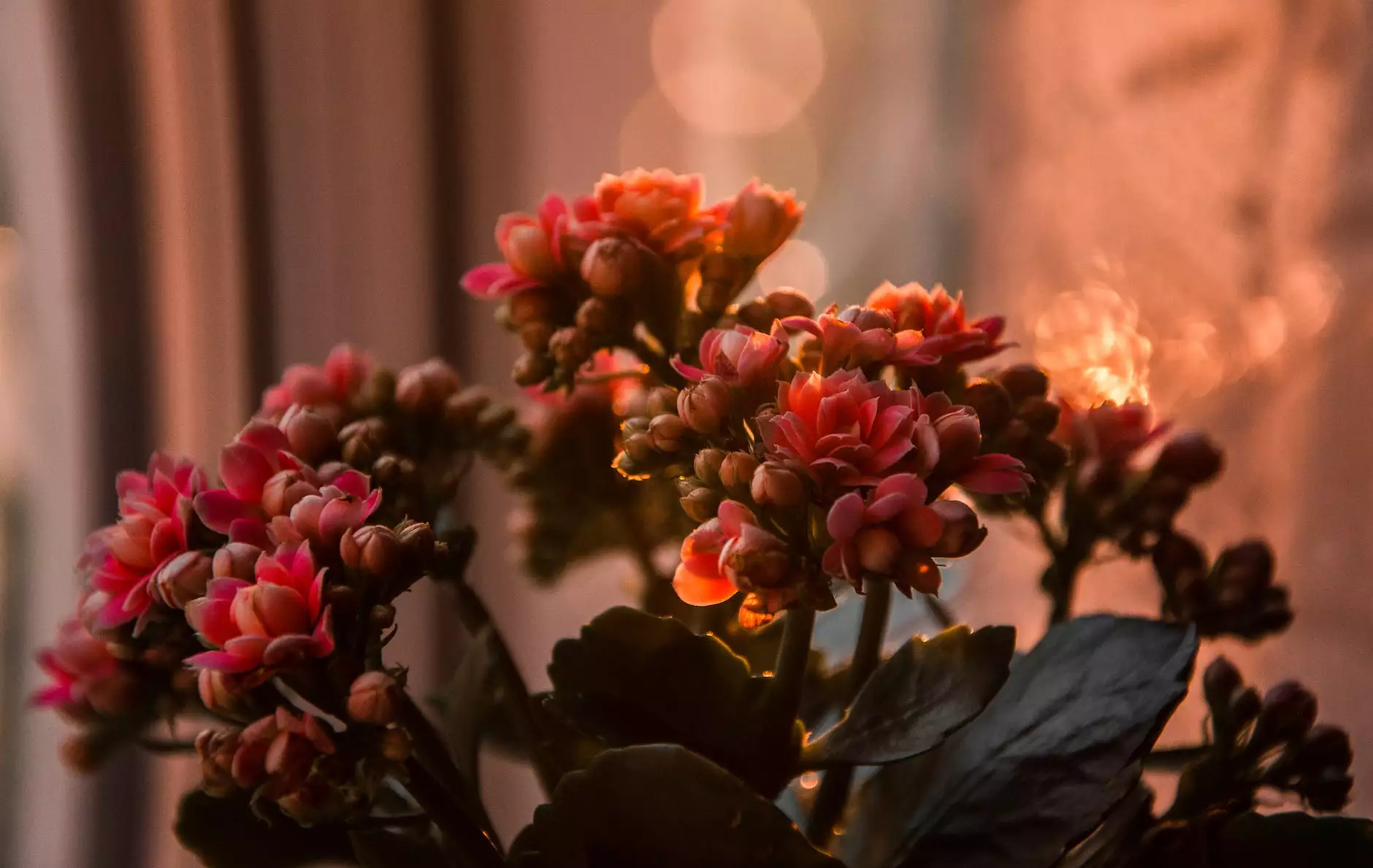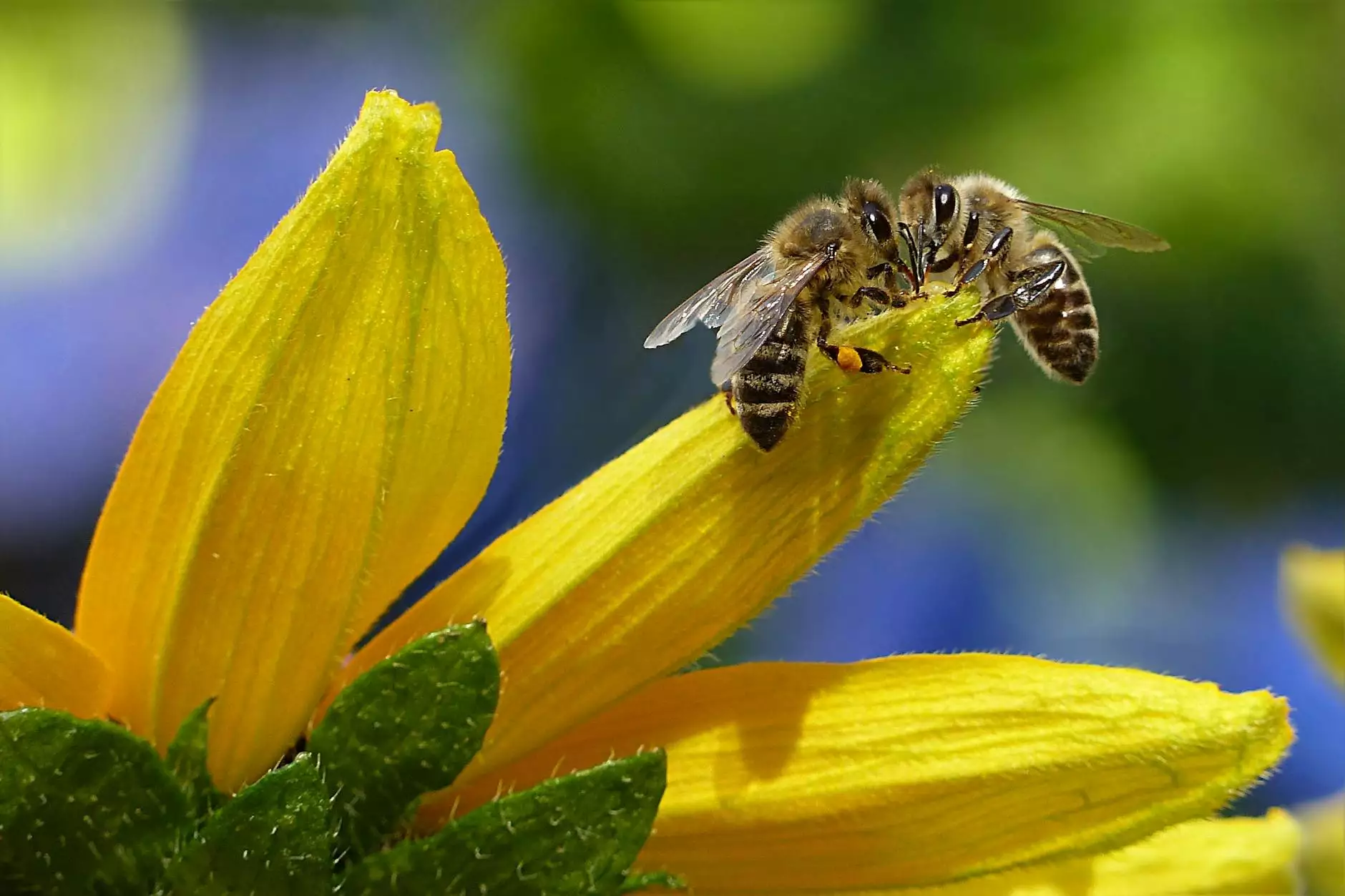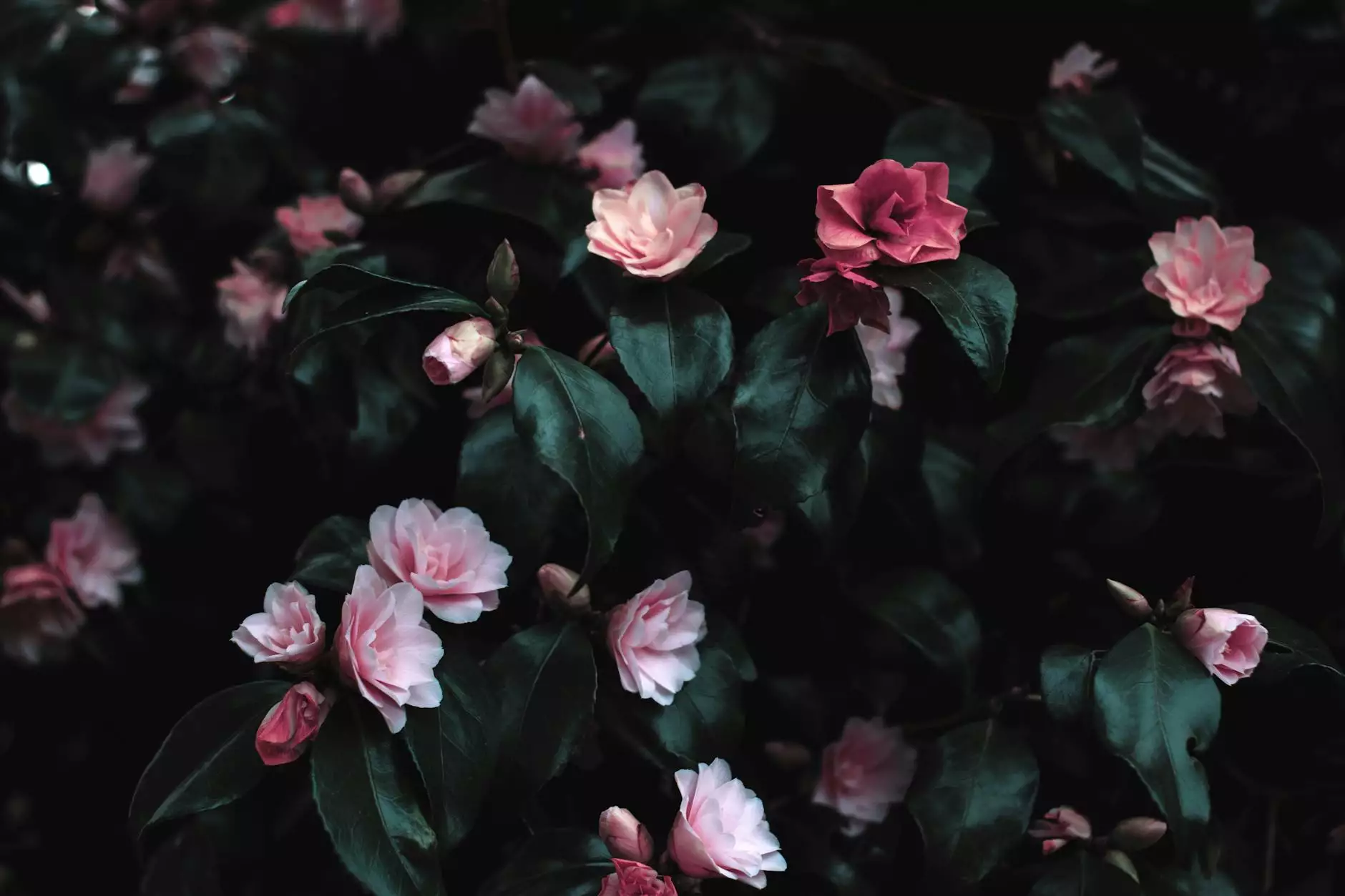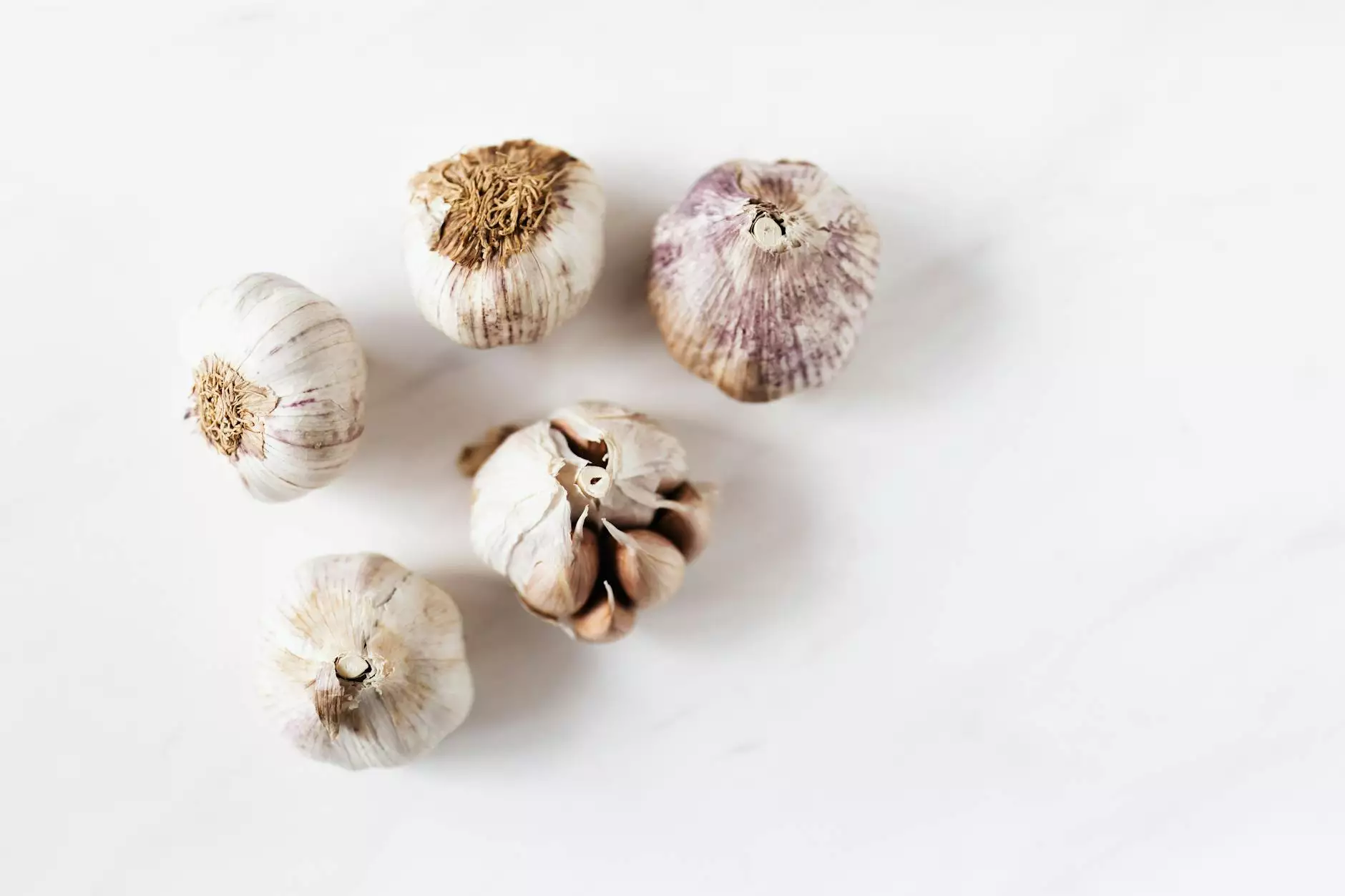Lavender – Tagged Drought Tolerant
About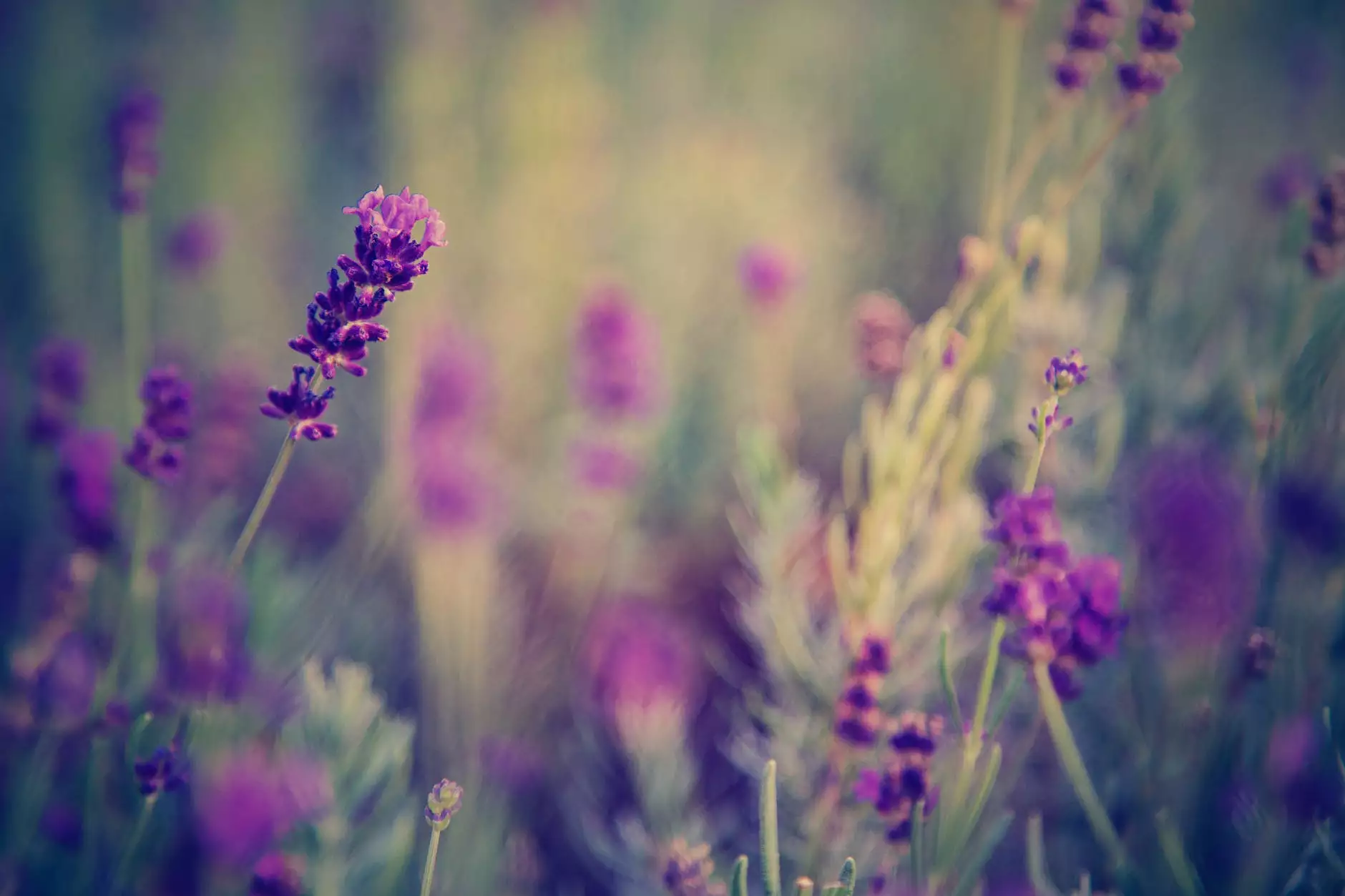
Introduction:
Welcome to Pollen Bank, your ultimate destination for all things gardening, especially when it comes to drought-tolerant plants. In this section, we are proud to present our exquisite collection of Lavender plants. Lavender, known for its stunning beauty and aromatic fragrance, is a versatile plant that thrives in drought conditions. Whether you are a experienced gardener or a beginner, our Lavender plants will bring joy and tranquility to your garden. Let's dive deeper into the world of Lavender and explore the various drought-tolerant varieties we offer.
About Lavender:
Lavender, scientifically known as Lavandula, is a plant genus native to the Mediterranean region. With over 40 different species, Lavender has become a popular choice among garden enthusiasts all over the world. Its unique beauty, relaxation properties, and multiple uses make it a remarkable addition to any garden or outdoor space.
Drought-Tolerant Lavender Varieties:
At Pollen Bank, we take pride in offering a wide range of drought-tolerant Lavender varieties, each with its own unique characteristics. Let us introduce you to a few popular ones:
1. Lavandula angustifolia (English Lavender):
English Lavender is one of the most popular varieties, known for its stunning blue-purple flowers and rich fragrance. It is a compact plant, ideal for borders, containers, and rock gardens. This variety is particularly tolerant to drought conditions, making it a fantastic choice for water-efficient gardens.
2. Lavandula stoechas (French Lavender):
French Lavender, also known as Butterfly Lavender, is another delightful variety we offer. Its vibrant purple flowers topped with unique bracts create an eye-catching display. This variety is not only drought-tolerant but also attracts bees and butterflies, adding life to your garden.
3. Lavandula x intermedia (Lavandin):
Lavandin is a hybrid between English Lavender and Spike Lavender, resulting in a plant with beautiful blooms and a stronger fragrance. Lavandin is highly resilient to drought, making it suitable for xeriscaping projects or gardens in arid climates.
Benefits of Drought-Tolerant Lavender Plants:
Aside from their stunning visual appeal, Lavender plants offer a myriad of benefits, especially when it comes to drought tolerance. Let's explore some advantages of incorporating drought-tolerant Lavender plants into your garden:
1. Water Efficiency:
Drought-tolerant Lavender plants are designed to withstand dry conditions, which means they require less water compared to other plants. By choosing our Lavender varieties, you can conserve water resources without compromising on the beauty of your garden.
2. Low Maintenance:
Due to their adaptability to arid environments, drought-tolerant Lavender plants are relatively low maintenance. They are hardy and can thrive with minimal care, making them an ideal choice for busy gardeners or those with limited time to dedicate to gardening.
3. Aromatic Delight:
One of the remarkable characteristics of Lavender plants is their enchanting fragrance. Adding these plants to your garden not only provides visual beauty but also fills the air with a soothing aroma.
4. Medicinal and Culinary Uses:
Lavender is known for its therapeutic properties and has been used for centuries for its medicinal benefits. It is also a versatile herb used in cooking, adding a unique flavor profile to a variety of dishes. By growing drought-tolerant Lavender plants, you can enjoy the convenience of having this versatile herb readily available in your own garden.
Tips for Growing Drought-Tolerant Lavender:
Here are some tips to help you successfully grow drought-tolerant Lavender plants:
1. Sunlight and Soil:
Lavender plants thrive in full sunlight. Ensure they receive at least 6-8 hours of direct sunlight daily. They prefer well-draining soil with a pH level between 6.5 and 7.5. Consider adding organic matter or sand to improve soil drainage.
2. Watering:
While Lavender plants are drought-tolerant, they still require some water during their initial establishment. Once established, water them sparingly, allowing the soil to dry out between watering sessions. Overwatering can lead to root rot and other issues, so it's important to find the right balance.
3. Pruning and Deadheading:
To promote bushier growth and more blooms, it is recommended to prune your Lavender plants after the flowering period. Deadhead spent flowers regularly to encourage continuous blooming.
4. Pest and Disease Control:
Lavender is relatively resistant to pests and diseases. However, it's always good practice to monitor your plants for any signs of damage or infestation. If necessary, use organic pest control methods to protect your plants.
Shop Drought-Tolerant Lavender at Pollen Bank:
Ready to enhance your garden with beautiful and drought-tolerant Lavender plants? Look no further than Pollen Bank. As a leading provider of high-quality gardening products, we offer a wide range of Lavender varieties suitable for various garden styles and preferences. Visit our website and browse our collection to find the perfect addition to your garden.
Conclusion:
Pollen Bank is your go-to destination for all your gardening needs. With our impressive selection of drought-tolerant Lavender plants, we aim to provide you with the means to create a vibrant and sustainable garden. From the captivating beauty of Lavender to its numerous benefits for both your garden and your well-being, our products are designed to bring joy to your gardening experience. Invest in our drought-tolerant Lavender plants today and enjoy the remarkable beauty they bring to your outdoor space.


